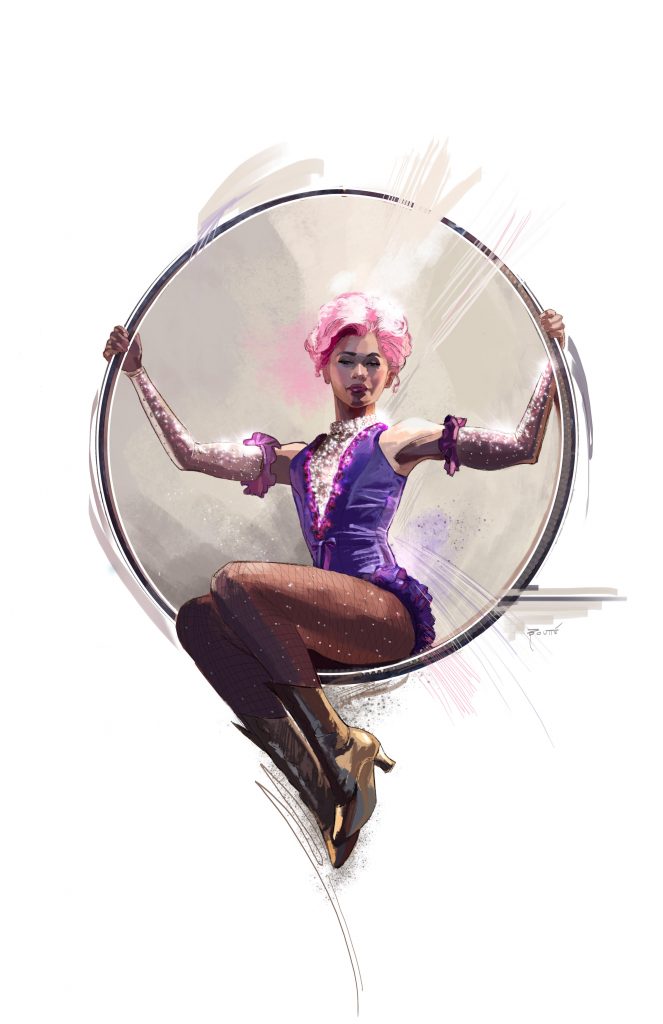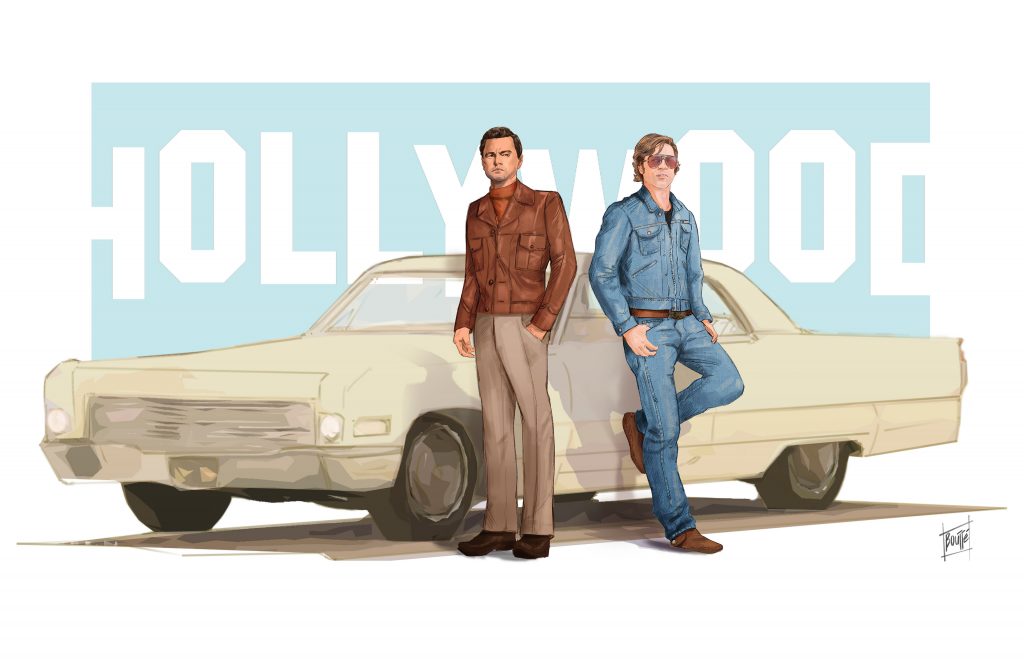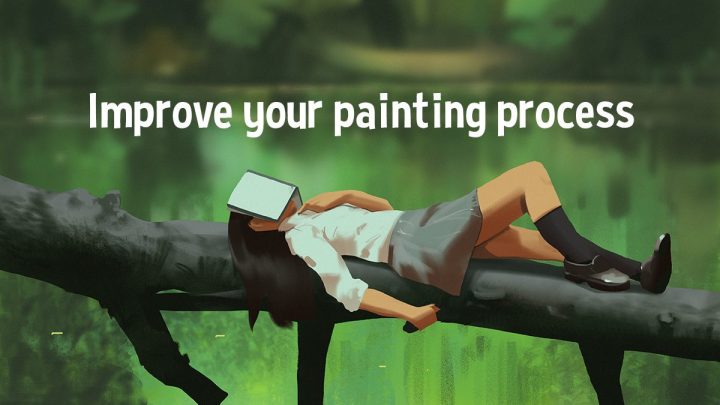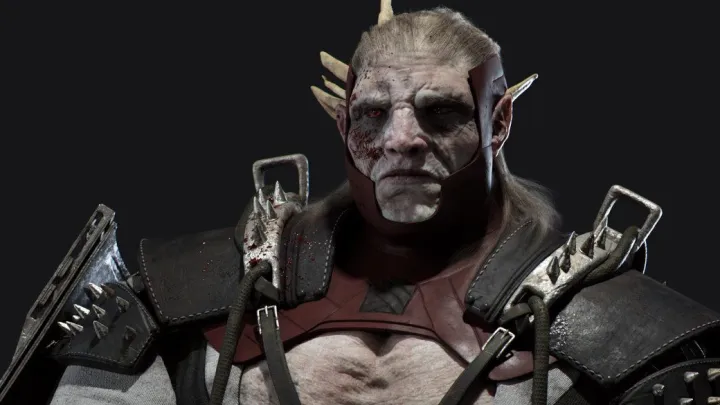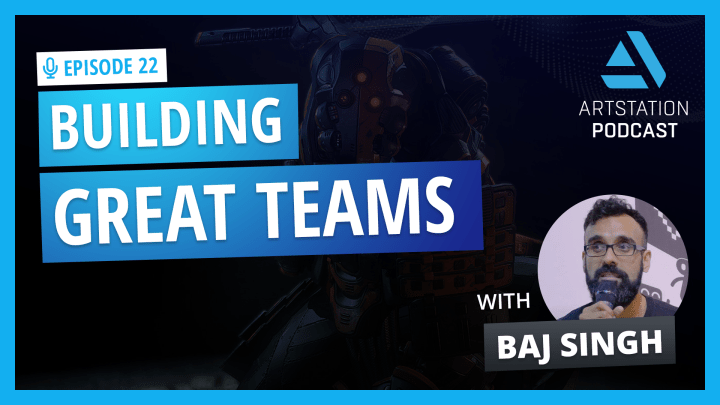Becoming a Costume Concept Artist with Phillip Boutte Jr.
Costume concept artists work closely with costume designers to visualize a character’s appearance and bring the look to life.
Phillip Boutte Jr. is a costume concept artist and production designer with more than 12 years of experience working in film, music, and television. He has contributed to titles like Black Panther, Captain America, Avengers Infinity War, The Greatest Showman, and Man of Steel and worked on music videos with artists Ariana Grande, Panic at the Disco, and Busta Rhymes, just to name a few. Recently, Phillip co-founded 9B Collective, the first Black-Owned concept art studio made up primarily of BIPOC artists along with Mike Uwandi, and Aldis Hodge.
In this interview, Phillip shares insights and advice on becoming a costume concept artist based on his many collaborations and years of experience in the film and music industry.
Phillip Boutte Jr’s Demo Reel
What path led you to where you are today?
9B came about after a Drink and Draw event put on by Nicole Hendrix Herman and Rachel Meinerding of the Concept Artist Association. They asked if I would be interested in participating in sponsoring the event in February for Black History Month. We picked the theme of Afro-futurism and had both a male and female model dressed in an Afro-punk vibe. It was the most packed event that they had to date. The bar was filled to capacity with a line outside.
In a historic way, it was the most Black artists I had ever seen in one place. Artists from all backgrounds were there; Live action, animation, video games, etc. We all knew of each other but had either never met or been in the same place at the same time. It was such a great vibe. The energy there inspired the idea of starting to have more Drink and Draws where we could all get together but the pandemic shut that down in the best way possible. It is because of the pandemic that co-founders Mike Uwandi (concept artist), Aldis Hodge (actor), and I realized that we were thinking too small.
We not only wanted to get artists of color together, we also wanted to get them working together on big projects so that we could fix the issues of diversity and inclusion within the concept art community at large.
What do you think are the key qualities that great costume designers have?
Great Costume Designers are great character designers. They are literally the same thing. I find that a great costume designer ALWAYS starts with locking down who the character is while desperately seeking “the why”. Why does this character wear what they wear? Why do they choose to express themselves this way through their costume?
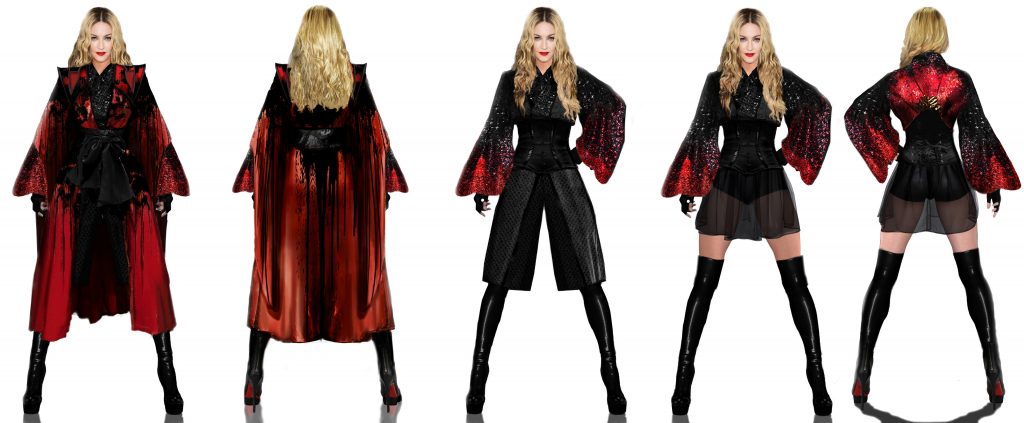
Concept art for Madonna’s Rebel Heart Tour
What previous experience do you think best prepared you for the job?
Being an actor prepared me for having reverence for the characters I was tasked with helping to create. I think there is something great that always happens when you are able to lock into the mind of the character. I also really love doing research. Research is probably one of my favorite parts about the job. You get to learn about ancient civilizations, science, cultures, locations, customs, traditions, etc. It is the BEST. I love it sometimes more than I do drawing.
What does your day-to-day look like?
How important does your portfolio factor in getting the job?
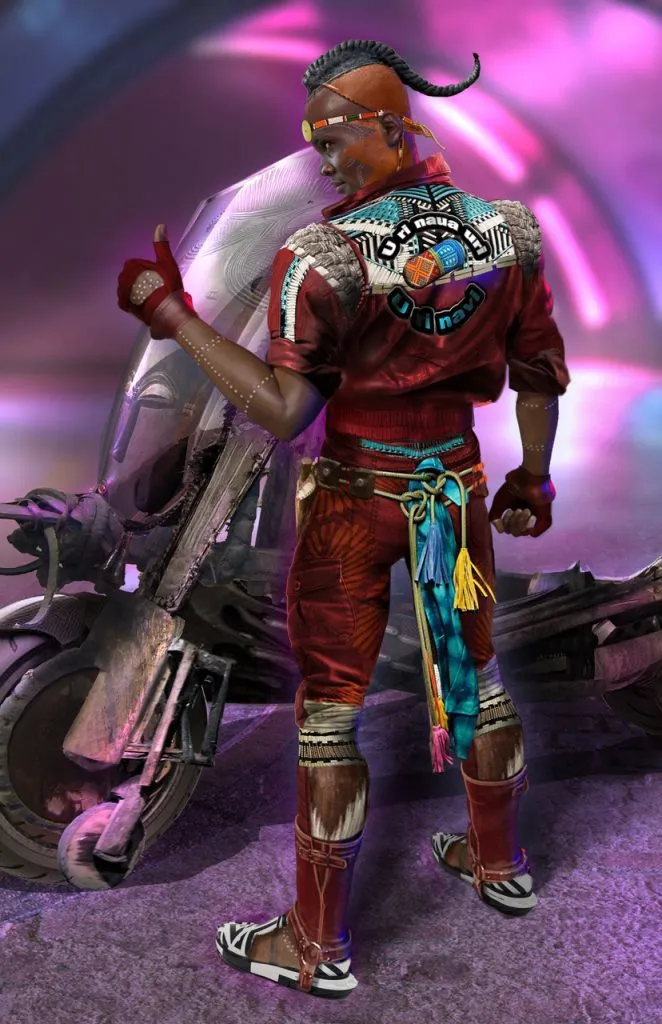 AFRO-KIRA: “Kaneda”
AFRO-KIRA: “Kaneda”
What are some of the biggest challenges you have to deal with in your role?
I think one of the biggest frustrations we face is working on projects that are comic book based and watching some of the powers that be dismiss the source material. As a super nerd, I love trying to stay with the source material. I also love when you are able to expand that source material to a cinematic place that is beyond the fan’s wildest dreams but still maintains the magic of what made them fall in love with the character in the first place. When you find that sweet spot, it’s the best feeling in the world!
What were some of your biggest takeaways you have after working on many Hollywood movies?
 Costume concept art for Marvel’s Black Panther
Costume concept art for Marvel’s Black Panther
What advice do you have for any aspiring costume concept artist looking to get started?
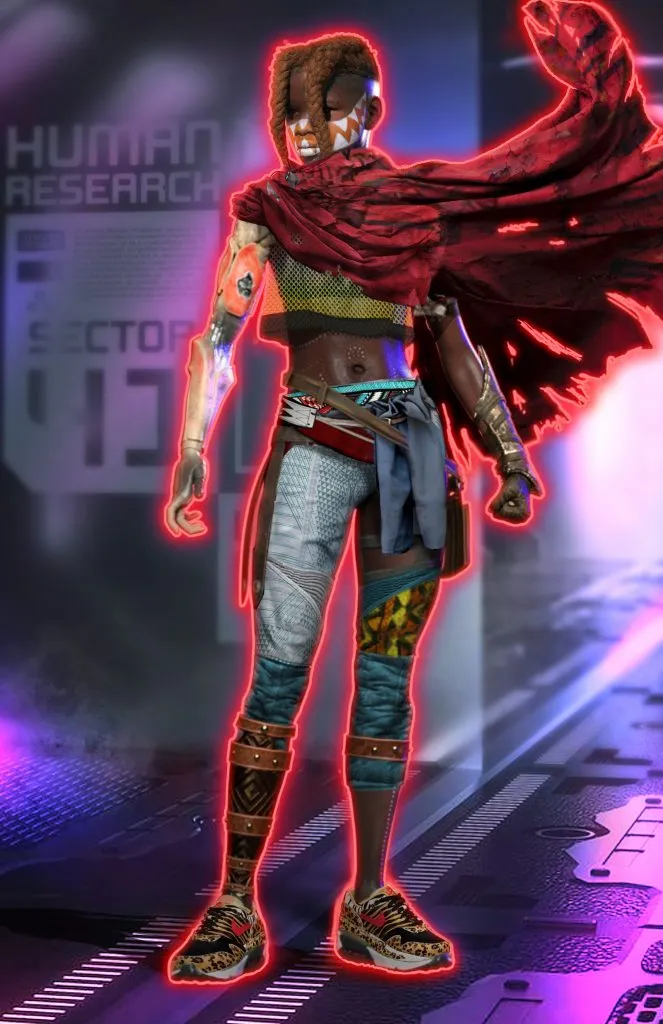 AFRO-KIRA: Tetsuo
AFRO-KIRA: Tetsuo
Visit the 9B Collective Website to contact the team about joining the collective on an upcoming project.
Follow Phillip on ArtStation >
